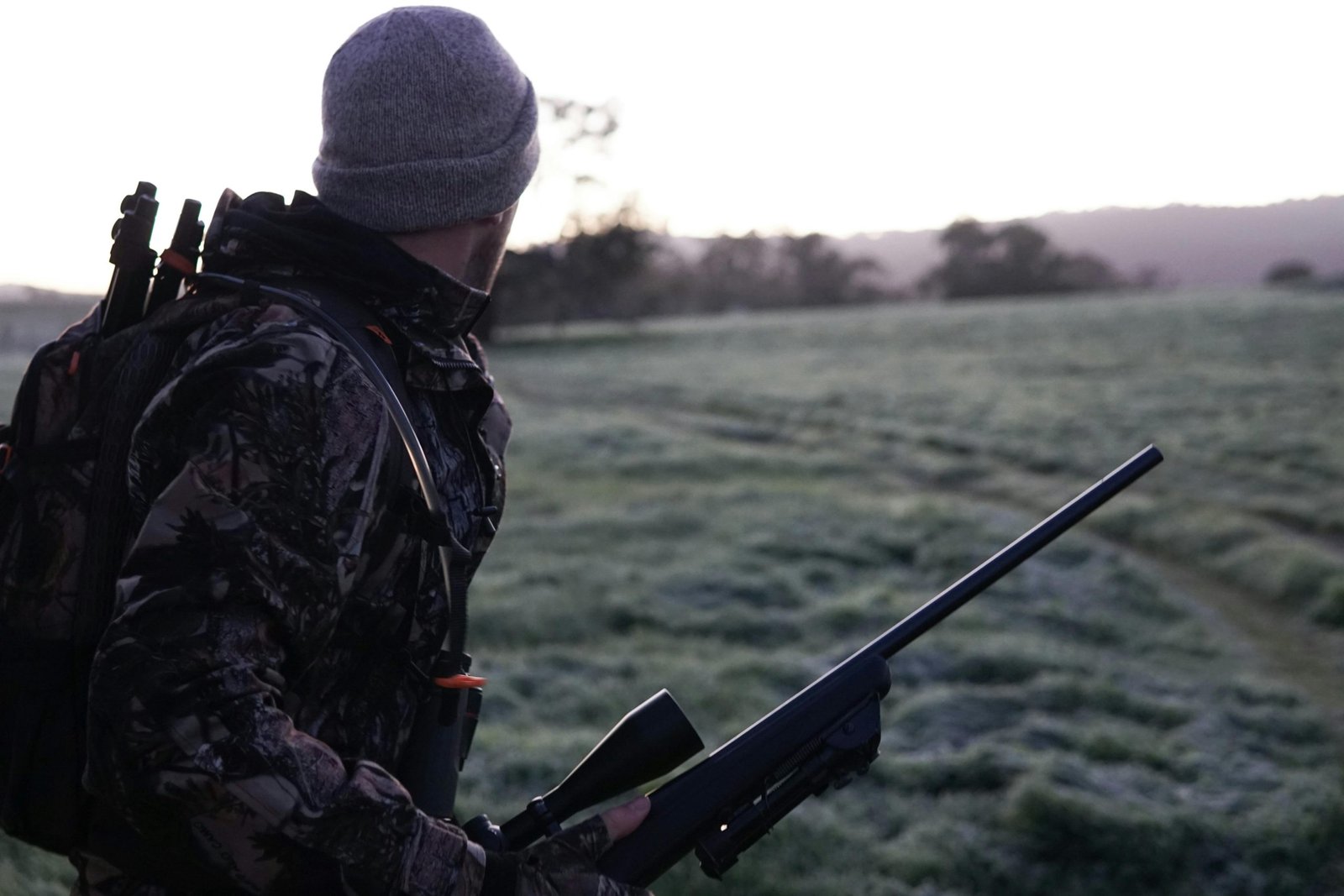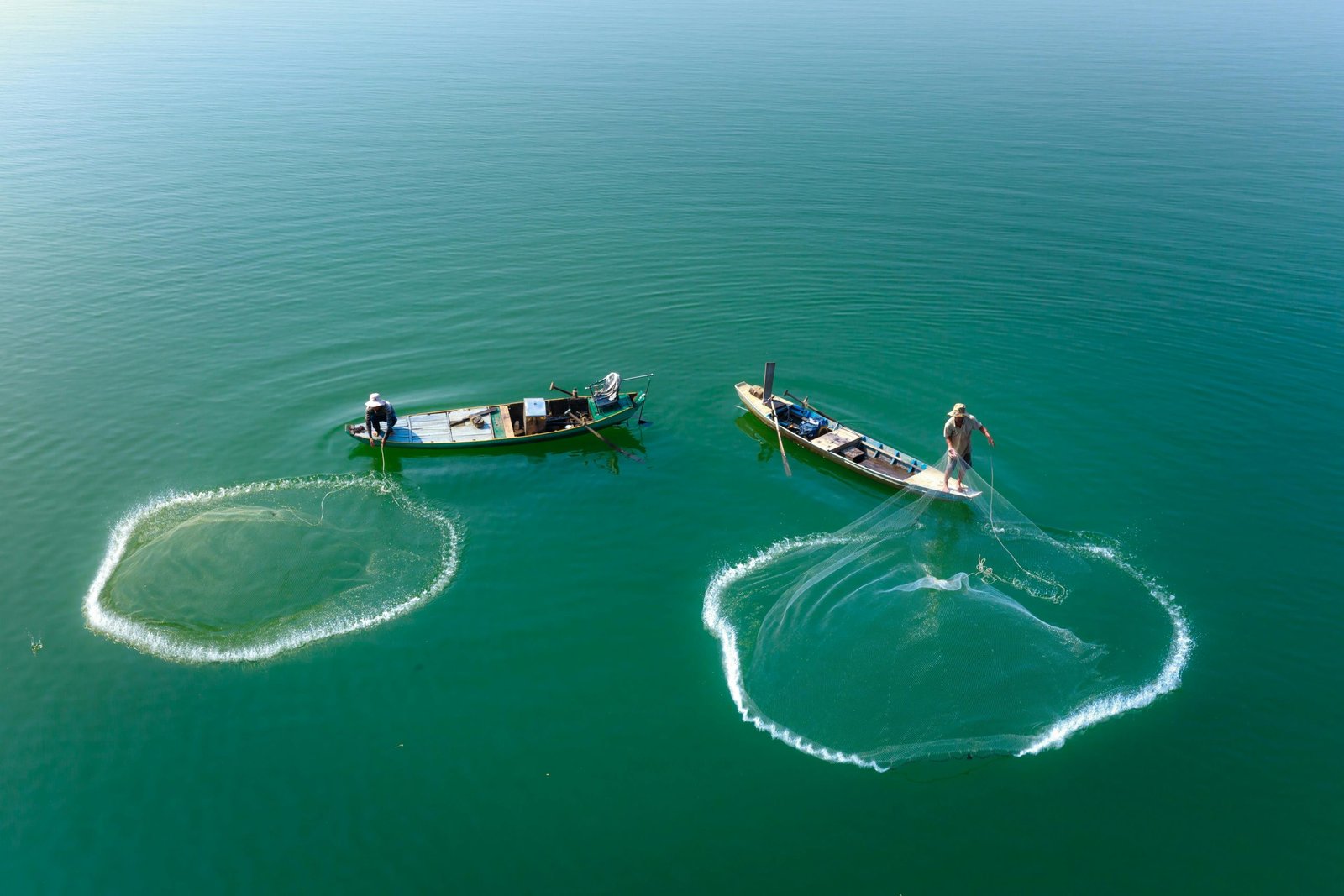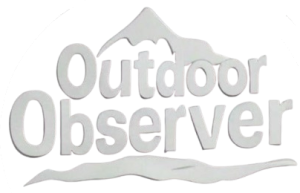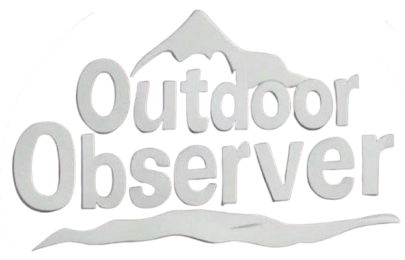This Content Is Only For Subscribers
Impacts on Wildlife Populations

Hunting, especially when unregulated, can lead to significant population declines. Studies show that in developing countries, hunting has led to an average 83% decline in mammal populations within 25 miles of access points such as roads and towns. Bird populations have also been affected, with an average decline of 58% under similar conditions.
In the United States, there have been concerns about the expansion of hunting and fishing in national wildlife refuges. Environmental groups argue that increased hunting could harm endangered species through habitat destruction and the use of toxic lead bullets.
Ecological Damage
In addition to directly causing population declines, hunting can disrupt ecological balance. The loss of key species, especially top predators, can lead to overpopulation of prey species, which can lead to habitat degradation. For example, overhunting of carnivores can lead to an increase in herbivore populations, which can overconsume vegetation and negatively affect plant communities.

Bycatch and Habitat Destruction in Fishing
Recreational fishing also presents environmental challenges. Bycatch – the unintentional capture of non-target species – remains a significant problem, resulting in injury or death to a variety of marine animals, including endangered species. Additionally, some fishing methods can damage aquatic habitats. For example, bottom trawling can disrupt seafloor ecosystems and damage coral reefs and other important habitats.
While hunting and fishing are traditions cherished by many, their impacts on the environment must be acknowledged and addressed. Implementing and enforcing sustainable practices, such as regulated hunting quotas and environmentally friendly fishing techniques, are key steps in reducing ecological harm. Balancing recreational activities with conservation efforts is essential to ensuring the health and longevity of wildlife populations and their habitats.



